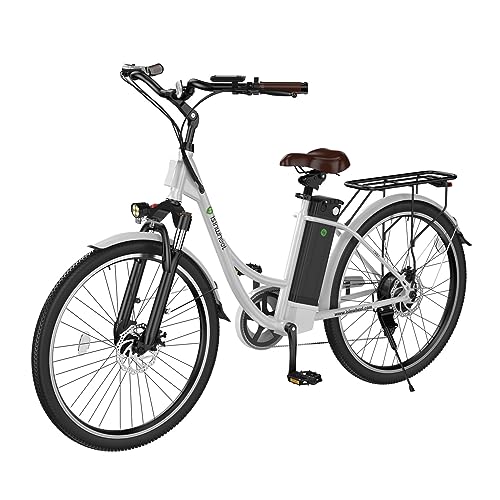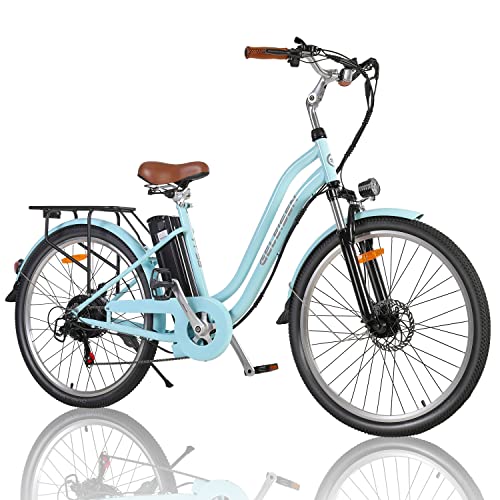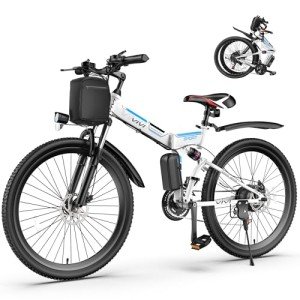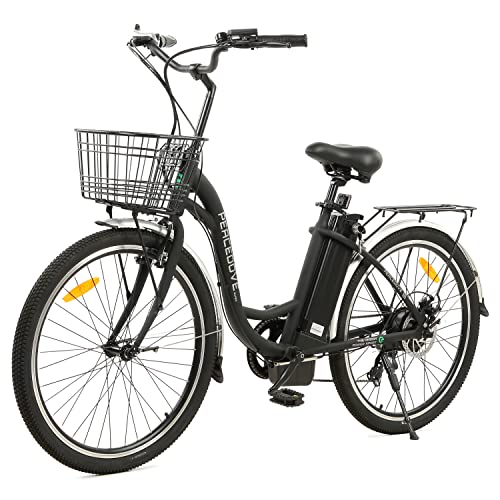The Surge of E-Bike Riding in the USA: A Revolution on Two Wheels
In recent years, the United States has witnessed a remarkable surge in the popularity of electric bicycles, or e-bikes. Once considered a niche market, e-bikes have rapidly evolved into a mainstream mode of transportation, recreation, and even a cultural phenomenon. This growth reflects a convergence of technological advancements, shifting consumer preferences, environmental awareness, and urban infrastructure changes. As of March 07, 2025, the e-bike boom shows no signs of slowing down, reshaping how Americans move and interact with their surroundings.
A Rapid Rise in Numbers
The e-bike market in the U.S. has experienced exponential growth over the past decade. According to industry reports, e-bike sales surged by 269% between 2019 and 2022, with over 1.1 million units sold in 2022 alone. By 2024, analysts estimate that annual sales have approached 1.5 million, outpacing traditional bicycle sales in many regions. This trajectory is expected to continue, with projections suggesting the U.S. e-bike market could reach a value of $2.5 billion by 2030.
Several factors fuel this rise. The COVID-19 pandemic played a pivotal role, as Americans sought outdoor activities and alternatives to public transportation during lockdowns. E-bikes offered a practical solution—affordable, efficient, and socially distanced. Post-pandemic, the trend stuck, driven by rising fuel costs, urban congestion, and a growing interest in sustainable living.
Technology Meets Accessibility
Advancements in e-bike technology have made them more appealing to a broader audience. Modern e-bikes feature lightweight lithium-ion batteries, powerful yet quiet motors, and customizable pedal-assist systems, allowing riders to tackle steep hills or long commutes with ease. Entry-level models now start at around $1,000, while high-end versions with features like GPS, smart connectivity, and all-terrain capabilities cater to enthusiasts willing to invest more.
Unlike traditional bicycles, e-bikes level the playing field. They appeal to a diverse demographic—commuters who don’t want to arrive sweaty, older adults seeking low-impact exercise, and even rural residents needing an alternative to cars for short trips. This accessibility has broadened the cycling community, making it less exclusive and more inclusive.
Environmental and Economic Drivers
The environmental benefits of e-bikes are a significant draw. With transportation accounting for nearly 30% of U.S. greenhouse gas emissions, e-bikes offer a low-carbon alternative to cars. A typical e-bike consumes far less energy than an electric vehicle and requires no fossil fuels, making it a darling of the eco-conscious. Studies suggest that if just 15% of urban car trips were replaced by e-bike rides, carbon emissions could drop by millions of tons annually.
Economically, e-bikes make sense too. With gas prices fluctuating and car maintenance costs rising, e-bikes provide a cost-effective option. Charging an e-bike battery costs pennies compared to filling a gas tank, and maintenance is minimal—tires, brakes, and occasional battery replacements are the primary expenses. For gig workers, such as delivery drivers, e-bikes have become a game-changer, offering speed and efficiency without the overhead of a car.
Infrastructure and Policy Support
The e-bike boom hasn’t gone unnoticed by policymakers. Cities across the U.S. are adapting to accommodate this shift. Bike lane networks are expanding in places like New York, Portland, and Denver, often with dedicated spaces for e-bikes traveling at higher speeds (up to 28 mph for some models). Federal and state incentives, such as tax credits and rebates, are also emerging. In 2023, the Biden administration proposed a $300 e-bike rebate as part of climate legislation, though its passage remains under debate as of early 2025.
However, challenges persist. E-bike regulations vary widely by state—some classify them as bicycles, others as motorized vehicles—leading to confusion over speed limits, trail access, and helmet requirements. Advocacy groups like PeopleForBikes are pushing for standardized rules to ensure safety and accessibility.
Cultural Shift and Community Impact
Beyond practicality, e-bikes are fostering a cultural shift. They’ve sparked a resurgence of cycling clubs, group rides, and even e-bike-specific events like the annual Electric Bike Expo in California. Social media platforms, including X, buzz with e-bike enthusiasts sharing reviews, custom builds, and scenic ride photos, amplifying the trend’s visibility.
In urban areas, e-bikes are reducing traffic congestion and parking woes, while in rural communities, they’re bridging gaps where public transit is scarce. They’re also empowering people with physical limitations to rediscover cycling, turning a once-strenuous activity into an enjoyable one.
Looking Ahead
As of March 07, 2025, the e-bike revolution in the USA is still gaining momentum. Manufacturers are innovating with lighter materials, longer-lasting batteries, and foldable designs for urban dwellers. Meanwhile, the secondhand e-bike market is growing, making them even more affordable. With cities investing in greener infrastructure and climate concerns mounting, e-bikes are poised to become a fixture of American life.
The growth of e-bike riding reflects more than a transportation trend—it’s a movement toward sustainability, health, and a reimagined relationship with mobility. Whether zipping through city streets or cruising country roads, Americans are embracing e-bikes as a fun, practical, and forward-thinking way to roll into the future.




